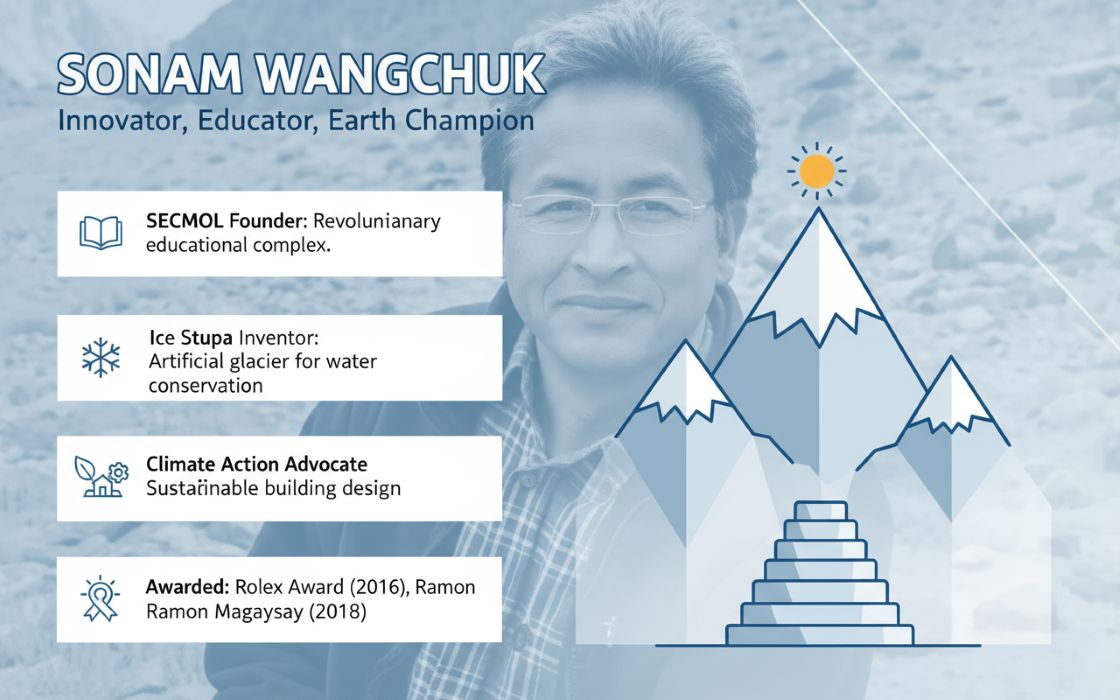At a time when India’s urban lakes are shrinking under the twin pressures of climate stress and unplanned growth, Mitsubishi Electric India has made an audacious pivot: placing lake-ecosystem restoration at the centre of its CSR playbook.
In this interview, Priyankur Priya Tiwary, Head of HR & CSR, unpacks why reviving waterbodies in Chennai, Talegaon Dabhade–Pimpri Chinchwad and Pulicat is more than an environmental gesture; it is a living expression of the group’s global creed, “Changes for the Better.” Tiwary explains how the company is tying SDG 6 and SDG 13 targets to corporate KPIs, harnessing citizen-science through Earthwatch Institute India, and training self-help groups, women and fisherfolk as on-ground “Lake Stewards.”
From native-species plantations and real-time water-quality monitoring to plans for post-project community ownership, the conversation offers a rare look at how a manufacturing giant is future-proofing its CSR portfolio—one restored lake at a time.
Read along for more insights:
Q. What prompted Mitsubishi Electric India to make lake-ecosystem restoration a flagship CSR priority, and how does it advance the company’s “Changes for the Better” philosophy?
A. Lake restoration initiatives are becoming increasingly important in addressing the impacts of climate change. Lakes serve as natural climate buffers and play a vital role in enhancing ecosystem and climate resilience and water security. Hence, Mitsubishi Electric India has chosen lake restoration as a flagship CSR initiative. The current project is being implemented in Chennai and Pimpri Chinchwad near Pune.
With a local manufacturing presence in Chennai and Pimpri Chinchwad/Talegaon, this initiative reflects Mitsubishi Electric India’s environmental responsibility. This project is also aligned with the UN SDGs and with Mitsubishi Electric India's CSR policy, which emphasizes long-term social benefit, community welfare, and sustainability.
It further embodies the company's global vision of 'Changes for the Better,' which promotes proactive work toward social and environmental change. Using scientific knowledge, stakeholder cooperation, and capacity building, the project seeks to have significant and quantifiable effects.
Through such programs, we intend to align our CSR projects with National Missions and Global Sustainable Development Goals, while honouring our obligations as a worldwide corporate citizen dedicated to building a more sustainable and inclusive society.
Q. Talegaon Dabhade, Pimpri Chinchwad and Pulicat each present distinct ecological and social contexts. What criteria guided the choice of these geographies as pilot sites?
A. These sites were chosen for their ecological value and rich biodiversity surrounding the lakes. These sites are also important due to local reliance on lake ecosystems, and rising vulnerability brought on by urbanization. Mitsubishi Electric India realized an opportunity to address local environmental challenges while giving back to the communities surrounding its operations in all three regions. Each site allowed the initiative to pilot community-led, scientifically informed, and climate-resilient conservation models that could be adapted to different ecological contexts across the country.
Q. The initiative aligns with SDG 6 (Clean Water & Sanitation) and SDG 13 (Climate Action). Which specific targets or indicators under these SDGs are you tracking, and how are they embedded in corporate KPIs?
A. The CSR initiative aligns with SDG 6 Target 6.6 (protect and restore water-related ecosystems) and SDG 13 Target 13.3 (build knowledge and capacity to meet climate change). To support these targets, the project will create a network of trained self-help groups, students, and teachers, through science-based learning, training and capacity-building, so they understand the growing importance of the lake ecosystem in a changing climate. They would support conservation efforts in the long term as lake stewards and champions.
The CSR project is developing innovative learning resources and educational outreach programmes for lake stewards and also supporting community-based action programmes for lake conservation.
Q. Earthwatch Institute India brings deep citizen-science capabilities. How is Mitsubishi Electric converting community-generated data into actionable conservation or policy interventions?
A. Earthwatch Institute India is a leading institution known for advancing good practices and the positive impact of citizen science. The CSR project of Mitsubishi Electric India creates an enabling environment that brings citizens, scientists, climate change and lake experts together, promoting people's participation in science-based actionable conservation initiatives that help build knowledge, education and solutions. The project will create a network of young citizen scientists to promote lake conservation.
Q. Twenty-five Self-Help Groups—including women and fisherfolk—are being trained as Lake Stewards. How are you equipping them with both ecological knowledge and leadership skills, and what support will persist after the formal project period?
A. The programme blends scientific inputs with accessible training, fieldwork, and local engagement. Experts and educators have developed simplified learning resources to build ecological awareness and leadership. The goal is to empower communities to manage ecosystems independently, ensuring the initiative continues through local stewardship and behaviour change even after project completion.
Q. Many plantation drives falter due to low sapling survival. What native species palette, maintenance protocols and survival-rate targets have you set to ensure genuine ecological gains?
A. The plantation programme follows a systematic approach in consultation with ecologists and tree experts. As part of the project, native species specific to a region are selected and adapted to the local soil, hydrology, and climate. It includes species that support pollinators, birds, and soil enrichment. The plantation programme follows maintenance protocols, such as - Pre-planting work and pit preparation, post-planting care programmes include watering as prescribed by the experts, mulching, weeding and protection against grazing. Regular monitoring of the plantation area is taken up, and a community stewardship model is promoted.
Q. Which indicators (water quality, biodiversity indices, soil health, carbon sequestration, etc.) form your impact dashboard, and how frequently are they measured and reported? Are you exploring IoT sensors, drones or AI-based analytics to monitor lake health in real time and guide adaptive management?
A. As part of the educational programme, school students will be trained to monitor water quality using water monitoring kits. The programme aims to increase awareness about water quality, water conservation, clean water, sanitation and hygiene practices for health and well-being. Using digital field guides, students would also learn to monitor key biodiversity indices such as birds diversity, bees and butterflies, odonates and floral diversity.
Q. Could you share an anecdote or data point that best illustrates the project’s early impact on community livelihoods or ecological revival?
A. So far, around 100 individuals across self-help groups, students, teachers, and employees have been trained through plantation drives along with biodiversity mapping across 30 water bodies. These activities have improved awareness of lake conservation’s role in climate resilience, supported by early data on water quality and educational material distribution, laying the groundwork for long-term impact.
Q. Have you witnessed any inspiring stories or transformations from the ground already—perhaps from a community member, school, or local steward? We'd love to feature a real voice or anecdote that captures the spirit of this project.
A. The project was launched just a few months back. The project will document inspiring stories and case studies from various stakeholders. We will share the inspiring stories in the next few months as the project develops.
Q. How is Mitsubishi Electric India planning to ensure sustainability of efforts beyond the project timeline? Will there be provisions for local governance, stewardship, or community ownership?
A. To maintain long-term viability, the initiative invests in local capacity development through hands-on training, expert-led teaching, and community-led conservation strategies. Self-help groups, fishermen, instructors, and students are trained as Lake Stewards, taking responsibility for lake health, biodiversity, and water quality. Native tree plantations, citizen science programs, and environmentally friendly livelihood methods such as sustainable fishing are becoming part of local routines. The effort provides communities with practical skills and scientific knowledge to ensure that stewardship extends beyond the official CSR timescale, transforming short-term action into long-term ecological care.
Q. With climate risks intensifying, how is Mitsubishi Electric India future-proofing its CSR portfolio to remain impactful and adaptive over the next decade?
A. The goal of Mitsubishi Electric India's CSR agenda is to go above and beyond compliance requirements by providing real environmental and social benefits at the local level. Mitsubishi Electric India is future-proofing its CSR through a tailored, science-based, and community-led approach. Guided by its 2050 Vision, the company focuses on ecological health, digital innovation, and stakeholder collaboration. Emphasis on knowledge-sharing and adaptive strategies ensures long-term relevance, while R&D partnerships and low-carbon solutions support climate action and local well-being.

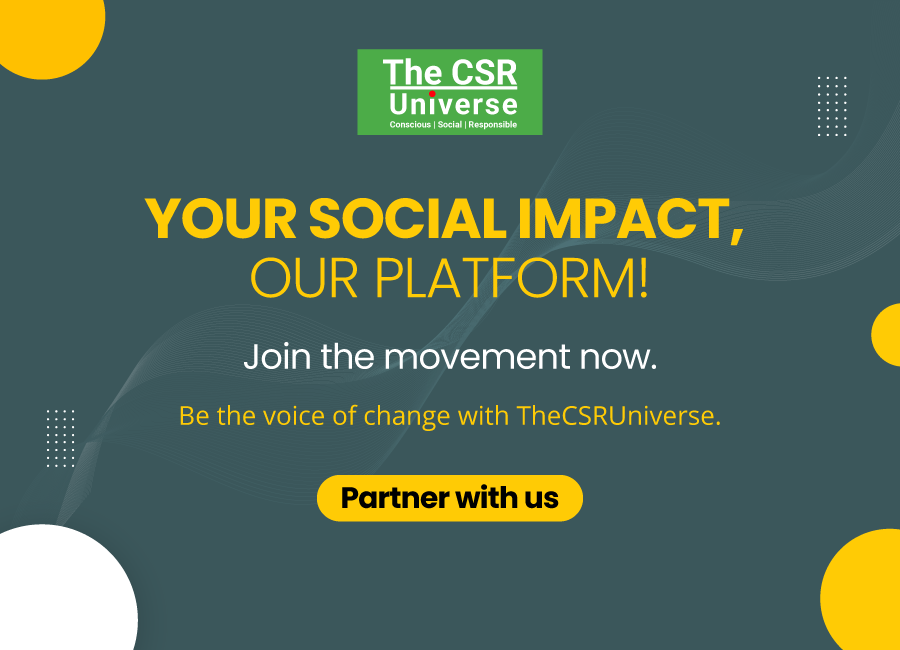

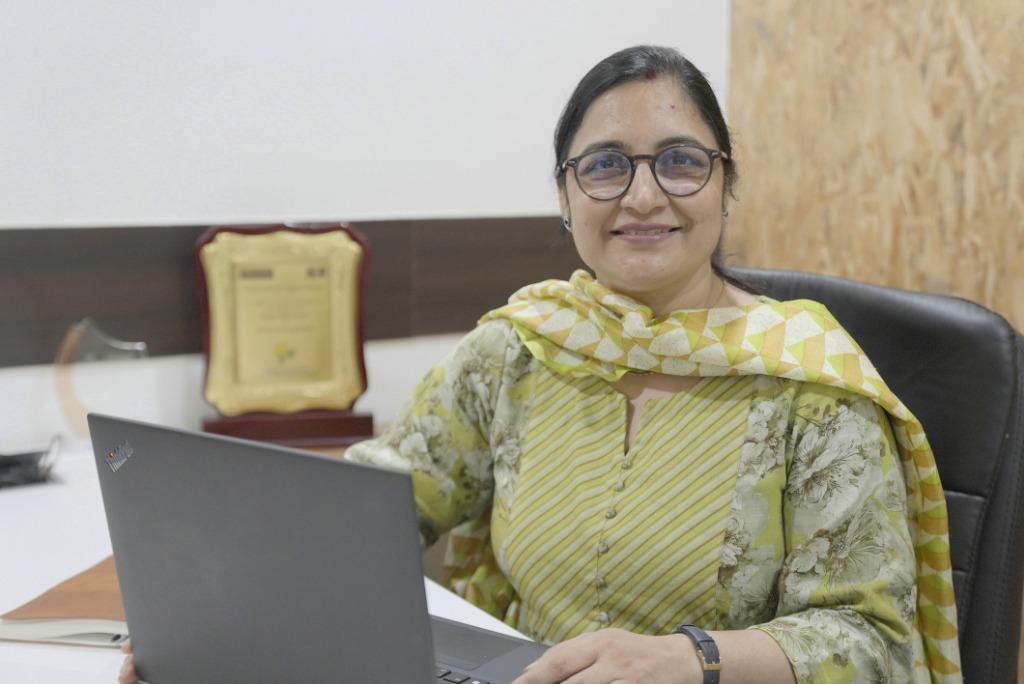
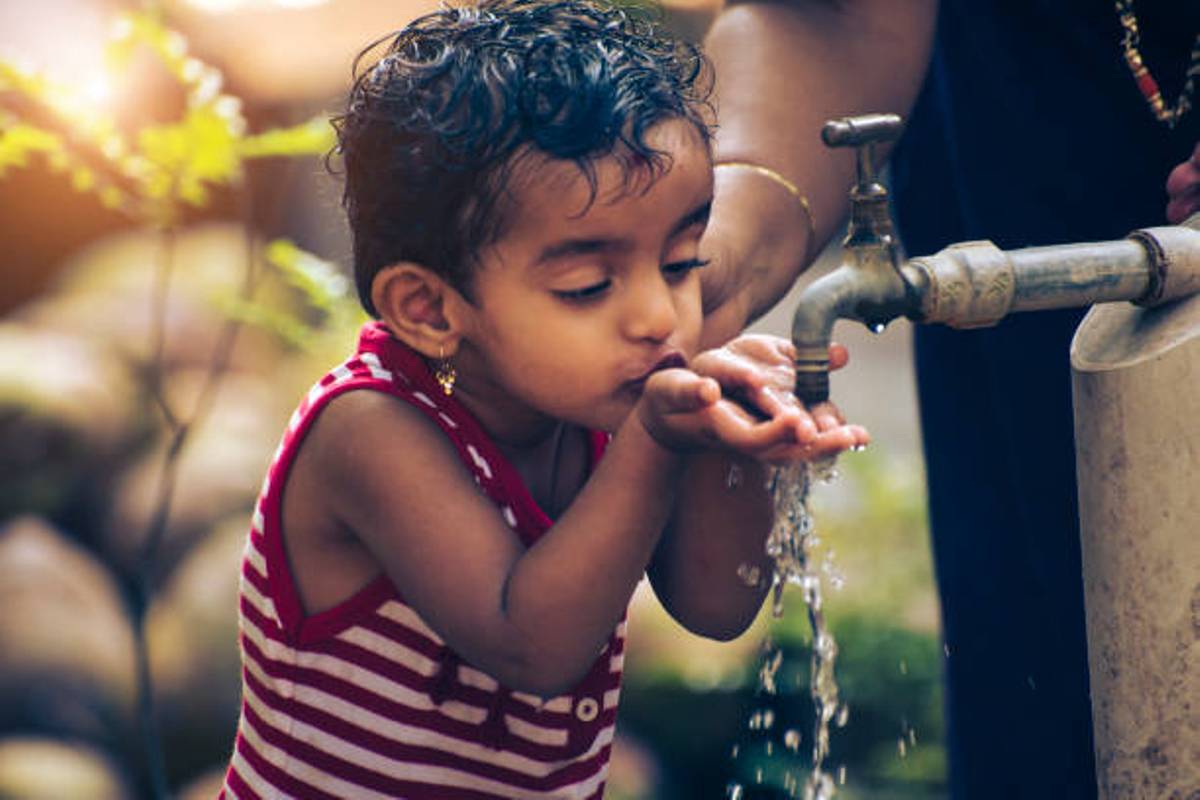
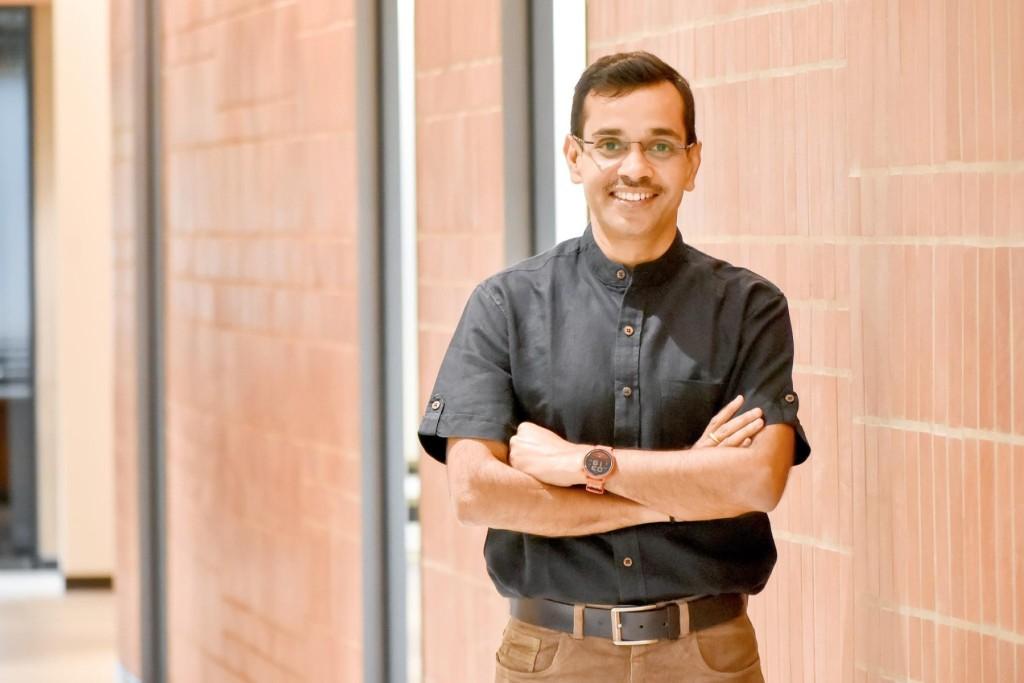

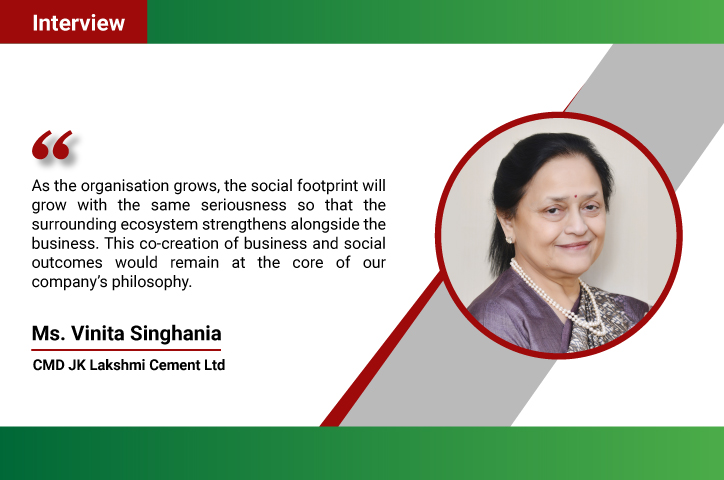
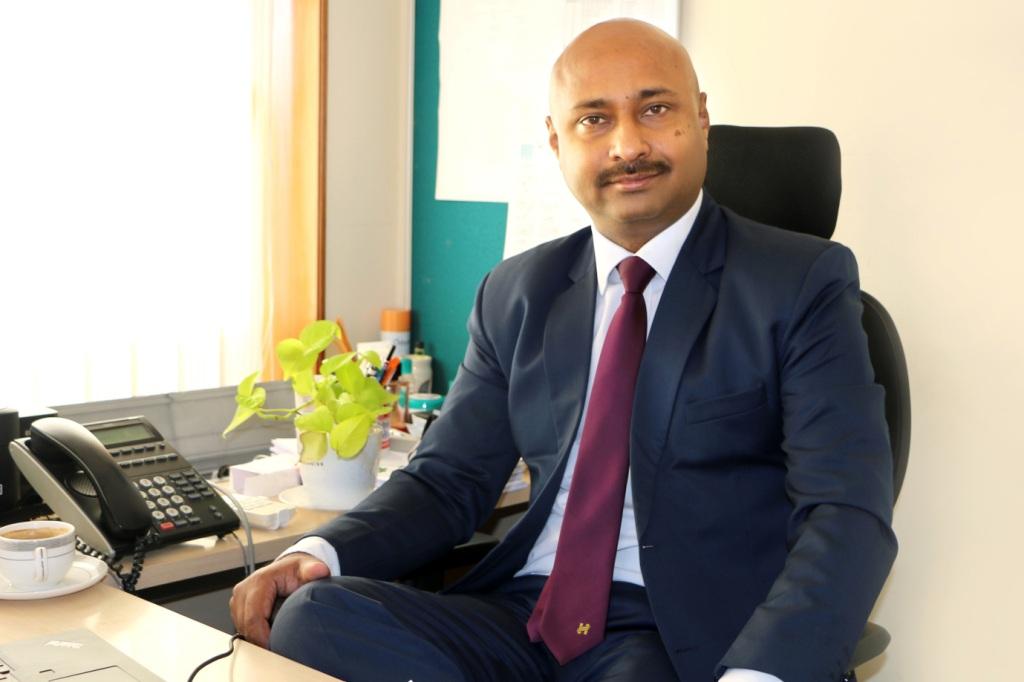

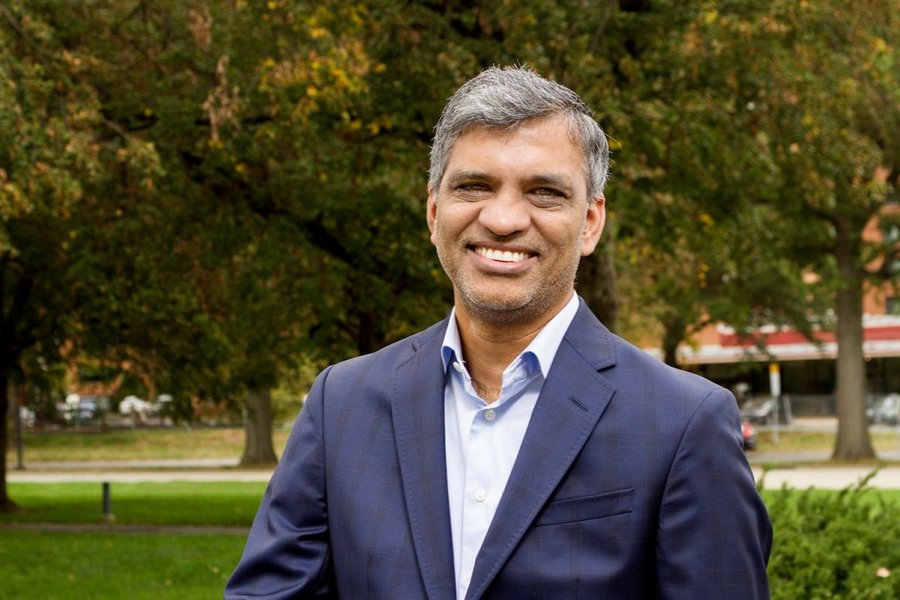
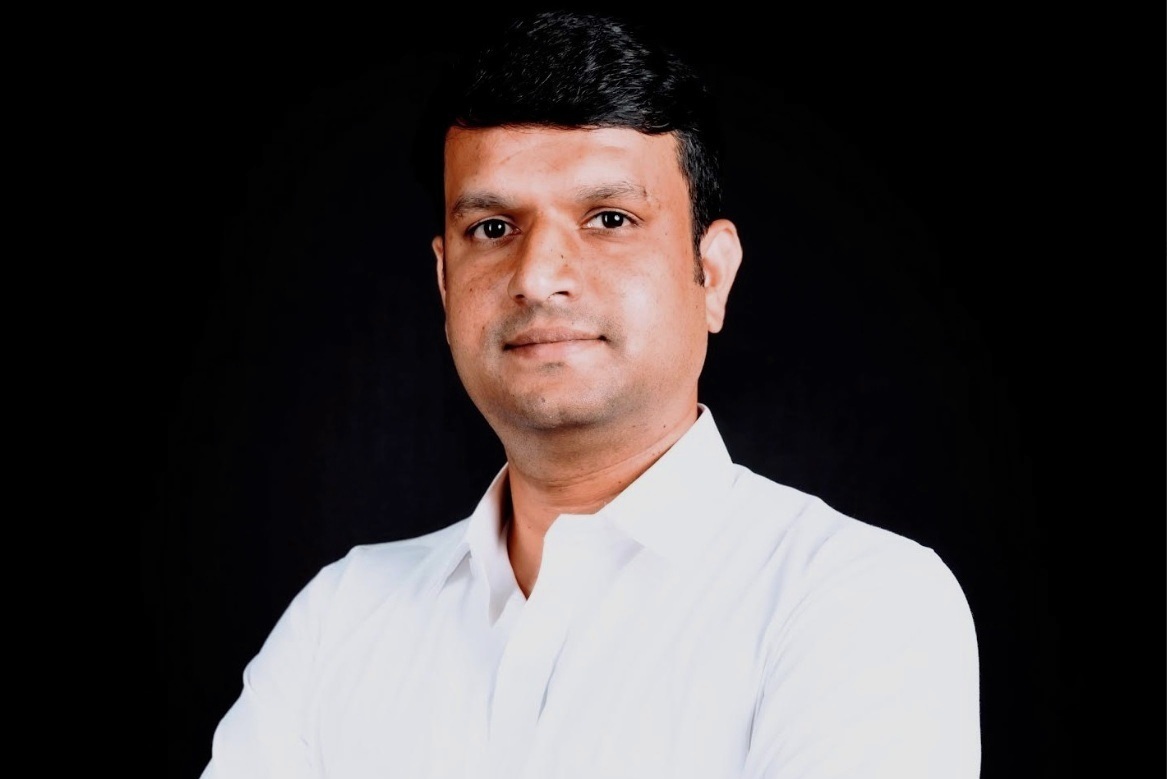


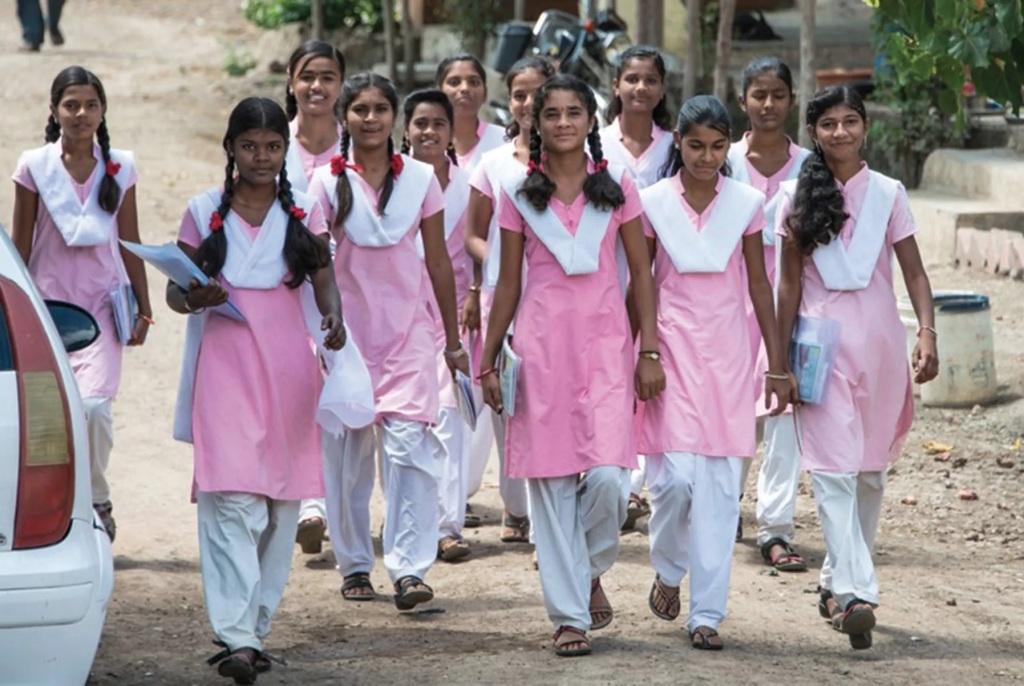
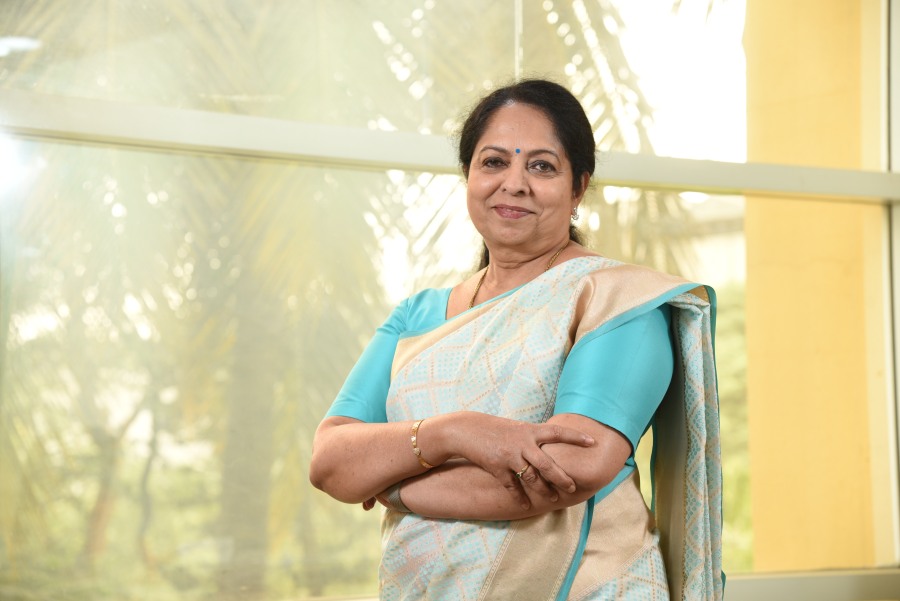
.jpg)

